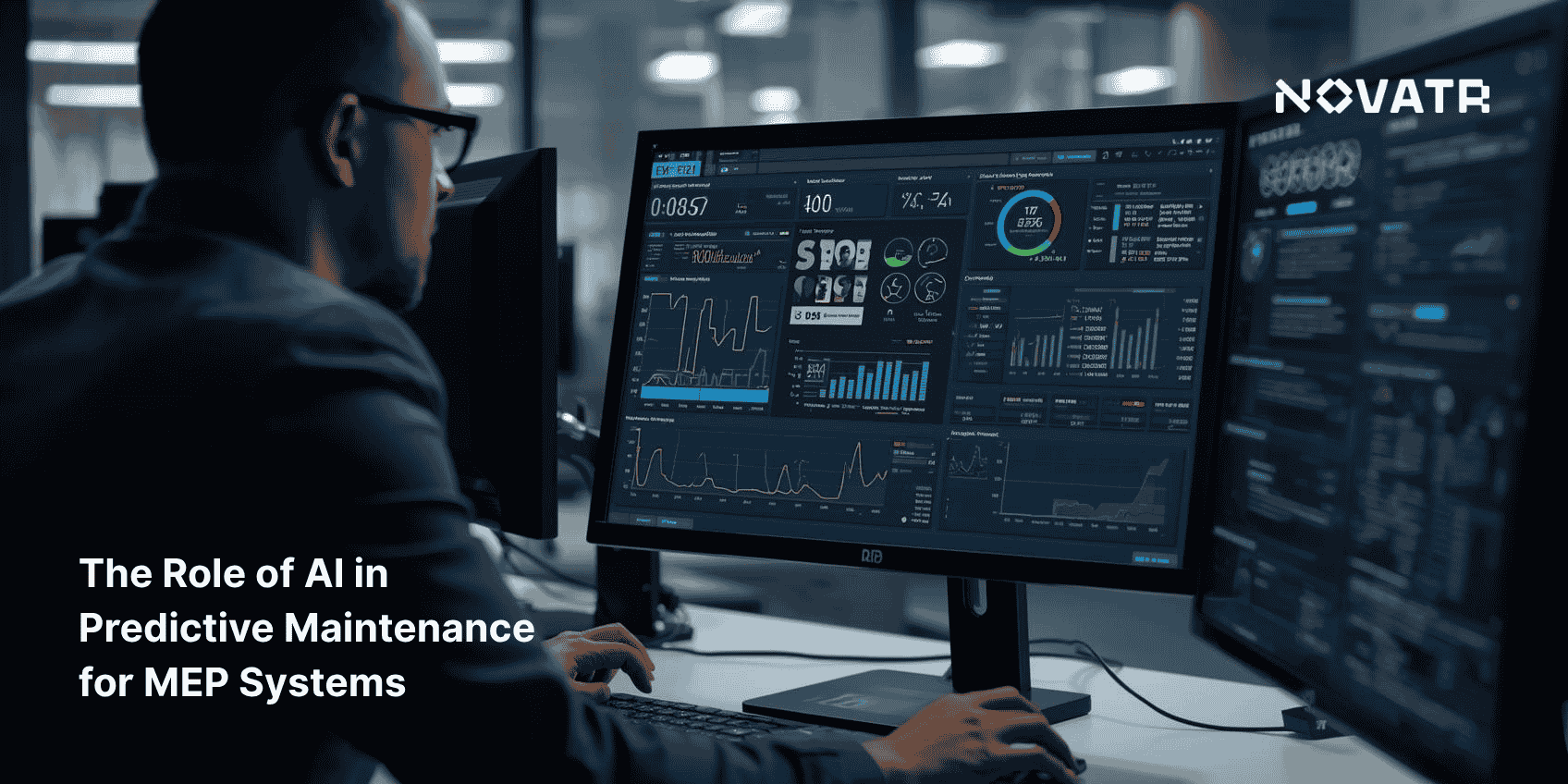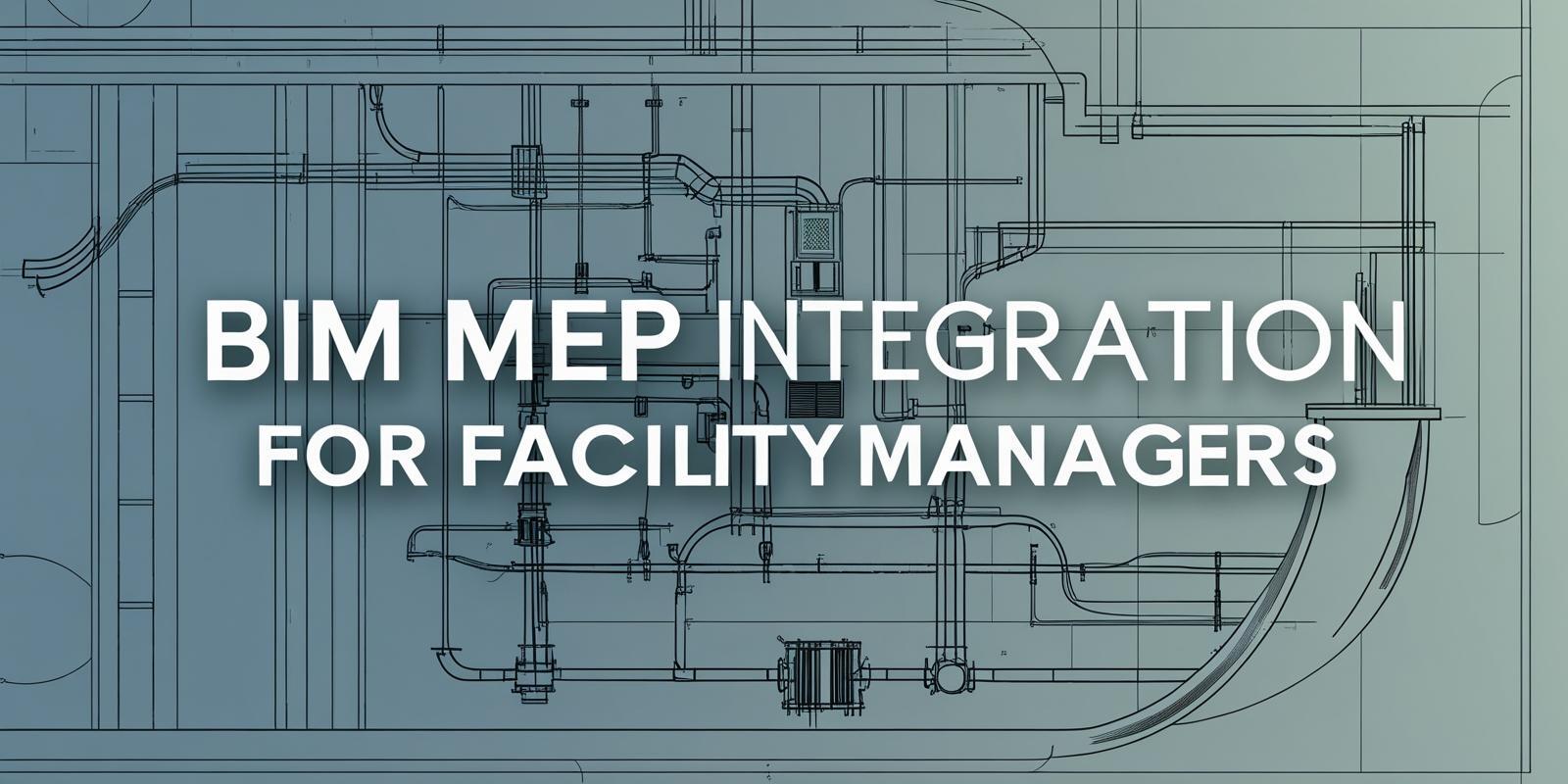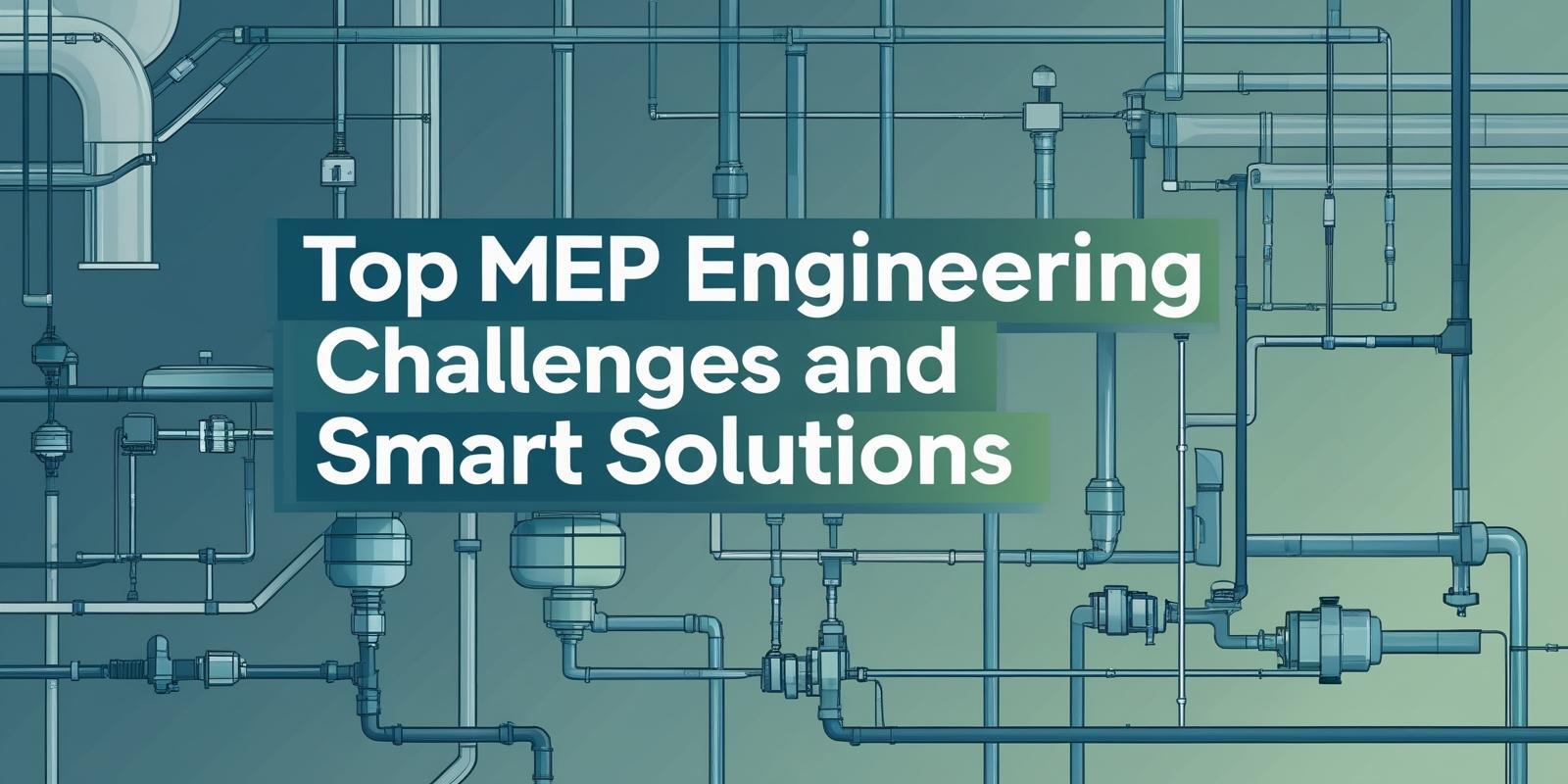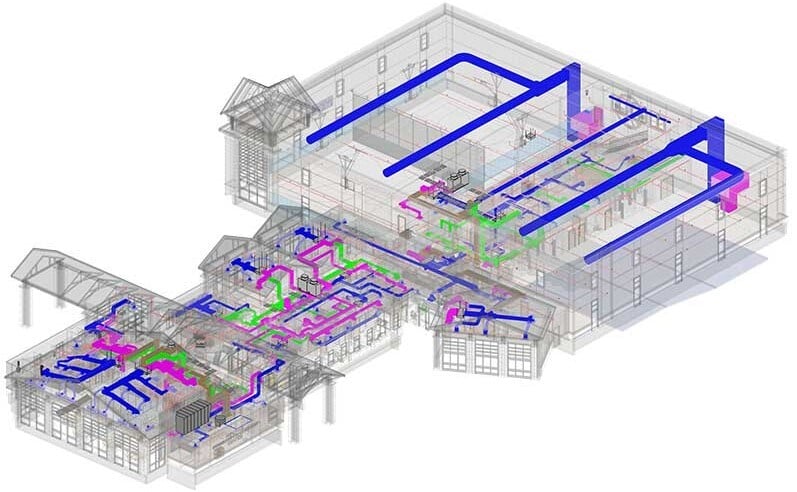
The growing use of artificial intelligence in facility operations is reshaping how maintenance is planned and executed for building systems. By analyzing data from sensors and performance logs, AI helps detect potential issues before they disrupt operations. This data-driven process has become central to achieving effective MEP maintenance optimization across modern infrastructure.
Incorporating AI tools allows engineers to make evidence-based decisions that extend equipment life and reduce unexpected failures. Through MEP predictive analytics, systems can forecast maintenance needs with higher precision, improving reliability and overall safety. In the USA, a predictive maintenance engineer earns an average of $26 per hour, reflecting the increasing value of these specialized analytical skills.
What Is Predictive Maintenance And Why Is It Important For MEP Systems?
Predictive maintenance is a proactive approach that uses data and sensors to detect potential equipment issues before they occur. By monitoring performance trends and identifying anomalies, maintenance can be scheduled based on actual conditions rather than fixed intervals. This approach enhances reliability and efficiency, showing clearly how is predictive maintenance applied in MEP systems, and helps prevent unexpected disruptions while keeping operations consistent and well-managed.
Implementing predictive maintenance in MEP systems plays a critical role in maintaining smooth and reliable operations:
-
Prevents Unexpected Downtime: Early identification of system irregularities keeps HVAC, plumbing, and electrical systems running smoothly.
-
Reduces Maintenance Expenses: Timely interventions avoid costly emergency repairs and lower overall operational costs.
-
Extends Equipment Lifespan: Regular condition-based checks ensure critical components last longer and perform reliably.
-
Supports Data-Driven Decisions: Understanding how predictive analytics help monitor MEP performance enables engineers to plan maintenance more effectively.
-
Ensures Operational Safety: Continuous monitoring and timely maintenance uphold safety standards and compliance within building systems.
How Is AI Transforming Predictive Maintenance In HVAC, Plumbing, And Electrical Systems?

Artificial intelligence is reshaping how maintenance is planned and executed in building systems by analyzing vast amounts of operational data. It identifies patterns, detects anomalies, and helps anticipate potential failures before they occur. With improved decision-making and automation, AI in MEP systems enables more accurate scheduling, reduces human error, and supports overall system reliability and efficiency across complex infrastructures.
AI transforms predictive maintenance in HVAC, plumbing, and electrical systems through several key ways:
-
AI analyzes temperature, airflow, and vibration in HVAC systems to detect early motor or compressor failures proactively.
-
Machine learning monitors pressure and flow sensors in plumbing networks to identify slow leaks or blockages, preventing water damage and reducing emergency repairs.
-
Electrical systems benefit from AI evaluating current, voltage, and circuit patterns to predict overloads or potential short circuits before they impact operations.
-
Algorithms modify HVAC heating and cooling schedules using occupancy and past usage patterns to improve energy efficiency.
-
Maintenance priorities are determined by system importance and risk, ensuring critical issues are resolved quickly and efficiently.
Also Read: Boost Your MEP Engineering Career with BIM Mastery
What Benefits Do AI-Driven Maintenance Strategies Bring To Building Efficiency And Cost Savings?
AI-driven maintenance strategies optimize building operations by continuously monitoring systems, predicting failures, and guiding timely interventions. These strategies improve energy usage, reduce waste, and prevent costly emergency repairs. Implementing AI underscores why predictive maintenance is critical in large buildings, it helps facilities optimize performance, reduce costs, and maintain operational reliability.
Key benefits of AI-driven maintenance for buildings include:
-
Reduced Energy Consumption: AI optimizes HVAC, lighting, and electrical usage based on real-time demand, lowering utility costs.
-
Lower Maintenance Expenses: Predicting issues in advance minimizes emergency repairs and extends equipment life.
-
Improved System Reliability: Continuous monitoring ensures critical systems operate without unexpected interruptions.
-
Resource Optimization: Labor and materials are used more efficiently through data-driven maintenance scheduling.
-
Enhanced Operational Planning: Insights from AI allow facilities managers to plan upgrades, replacements, and maintenance budgets effectively.
Which Tools and Software Help MEP Engineers Implement AI-Based Predictive Maintenance?

MEP engineers leverage advanced tools and MEP software to integrate AI-driven predictive maintenance into building systems. These platforms analyze real-time data from sensors, identify patterns, and forecast potential failures, enabling proactive maintenance. By utilizing such technologies, engineers can enhance system reliability, reduce downtime, and optimize resource allocation, aligning with the growing emphasis on how MEP engineers use predictive maintenance to reduce downtime.
1. IBM Maximo Predict
IBM Maximo Predict utilizes machine learning and IoT data to forecast equipment failures, allowing MEP engineers to optimize maintenance schedules and avoid costly downtime. Its integration with asset management systems enhances decision-making and operational efficiency.
2. Microsoft Azure IoT Predictive Maintenance
This cloud-based solution leverages Azure's IoT Hub and machine learning to provide real-time monitoring and predictive analytics, aiding MEP engineers in proactive maintenance planning. Its scalability and integration with existing Microsoft tools streamline operations.
3. GE Digital Predix APM
Predix APM uses AI and operational technology to track equipment performance and detect potential issues early. By analyzing real-time data, it forecasts failures and helps schedule maintenance proactively, improving system reliability, reducing unexpected downtime, and supporting smoother building and industrial operations.
4. Fiix
Fiix is a cloud-based CMMS that integrates AI to predict equipment failures and optimize maintenance workflows. It enhances operational efficiency by enabling MEP engineers to track asset health and schedule maintenance proactively.
5. UpKeep
UpKeep is a mobile-first maintenance management platform that uses AI to automate work orders and provide real-time insights. It streamlines predictive maintenance processes, allowing MEP engineers to manage tasks efficiently and reduce downtime.
Also Read: BIM for MEP: A Complete Guide 2025
How Does BIM Integrate With AI To Monitor And Optimize MEP Systems In Real Time?
BIM integrates with AI by providing a centralized 3D model of building systems that captures real-time operational data. This allows for continuous monitoring, performance analysis, and predictive insights. Using BIM for MEP engineers, AI can identify inefficiencies, forecast maintenance needs, and optimize MEP systems to enhance building performance and reduce downtime.
BIM and AI integration enables effective monitoring and optimization of MEP systems by:
-
Real-time system monitoring with BIM and AI detects anomalies early, ensuring potential failures are addressed promptly.
-
AI-driven simulations within the BIM environment allow scenario testing and optimization of energy consumption and system performance.
-
Predictive algorithms analyze historical and live data from BIM models to schedule maintenance efficiently and minimize operational interruptions.
-
Integration supports data-driven decision-making, giving facility managers insights for planning upgrades and managing system resources effectively.
-
Continuous synchronization between AI analytics and BIM models ensures MEP systems adapt dynamically to changing building conditions, improving overall efficiency and reliability.
Conclusion
The integration of AI into predictive maintenance is redefining how building systems are monitored and managed. By leveraging real-time data and analytics, maintenance becomes proactive, reducing unexpected failures and improving operational efficiency. Continuous monitoring, performance analysis, and predictive insights enable facility teams to make informed decisions, streamline processes, and maintain high reliability across complex infrastructure systems.
Professional development ensures engineers stay informed about technological advancements. The BIM Course for MEP Engineers, offered by Novatr, delivers practical training in integrating predictive tools. Additional resources, including guides, case studies, and expert insights, are available on our resource page to support ongoing learning and application.
FAQs
1. Which MEP components benefit most from AI-based monitoring?
Ans: HVAC units, electrical panels, and plumbing networks gain the most from AI-based monitoring.
2. Can AI predict failures in HVAC, electrical, and plumbing systems?
Ans: Yes, AI analyzes real-time and historical data to forecast potential failures in these systems.
3. What software tools use AI for MEP predictive maintenance?
Ans: Tools like IBM Maximo Predict, Microsoft Azure IoT, GE Digital Predix APM, Fiix, and UpKeep leverage AI for predictive maintenance.
Was this content helpful to you



.jpg)
.png)


